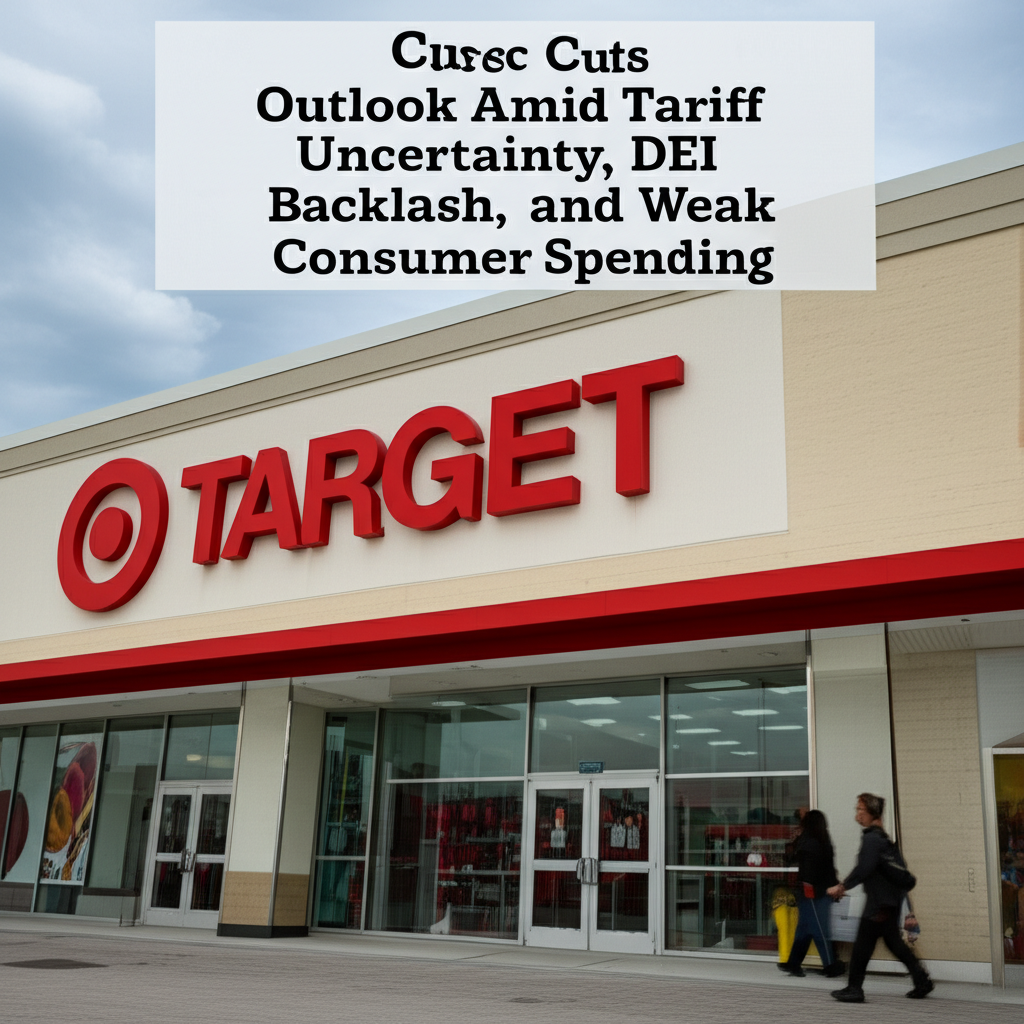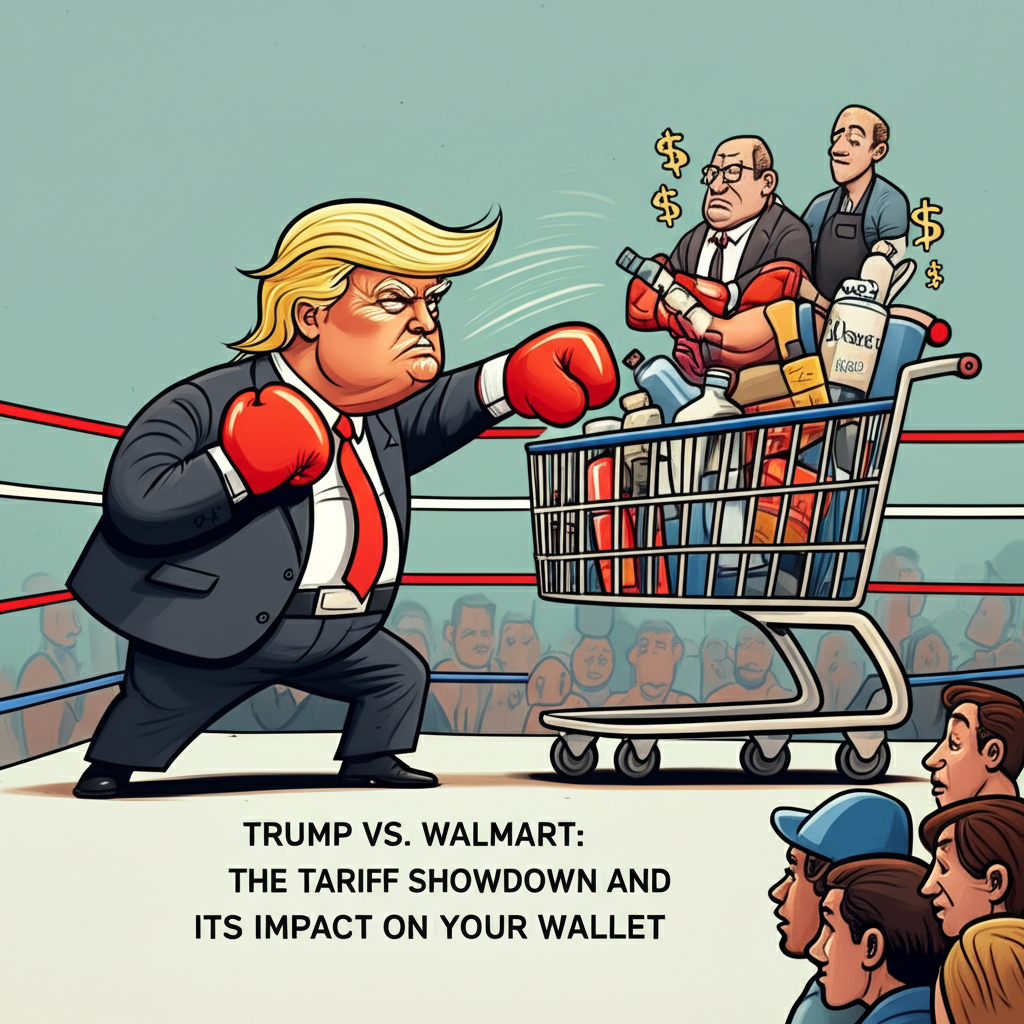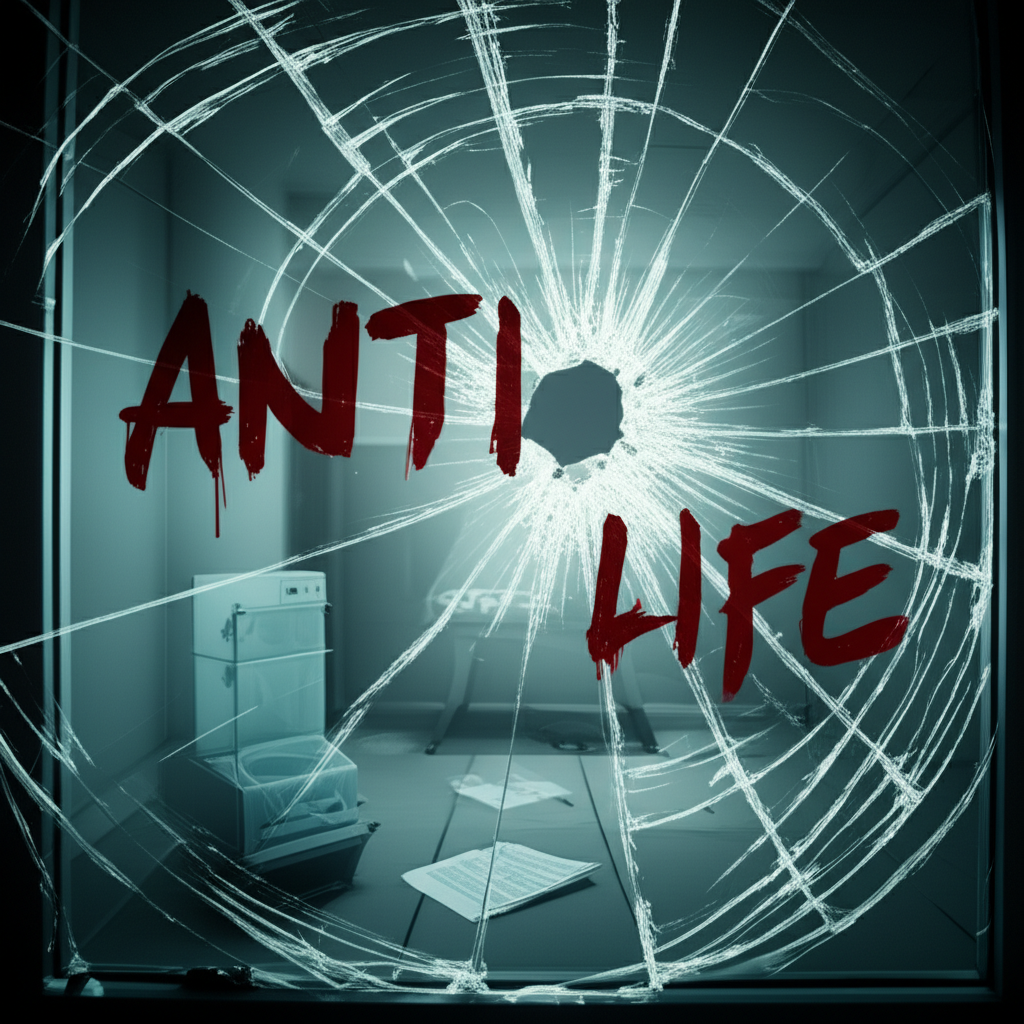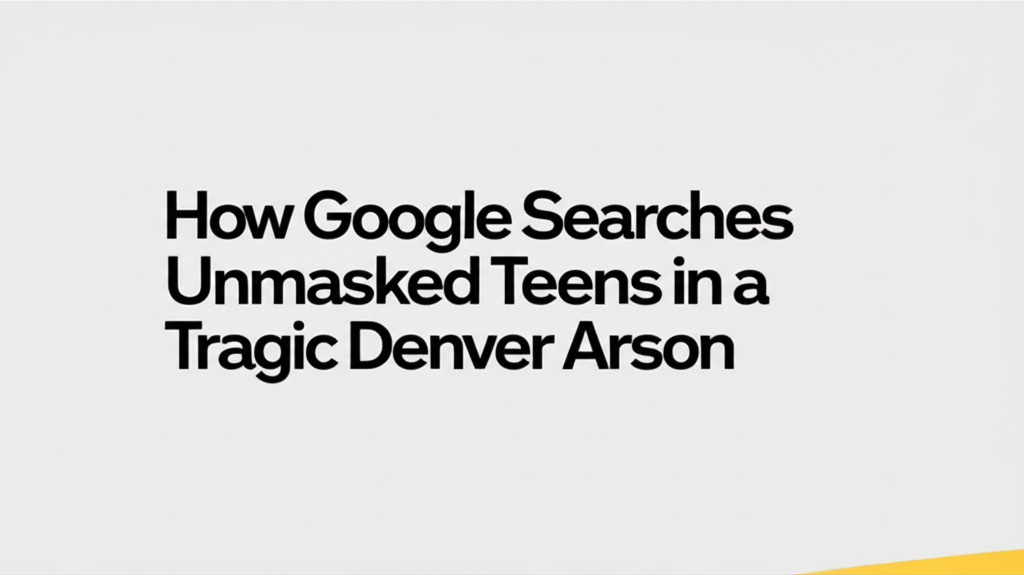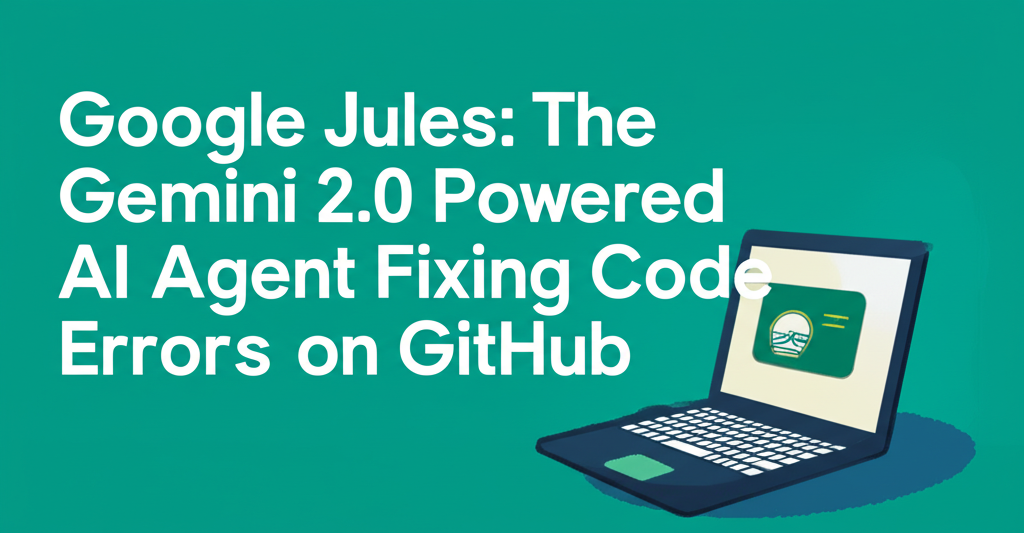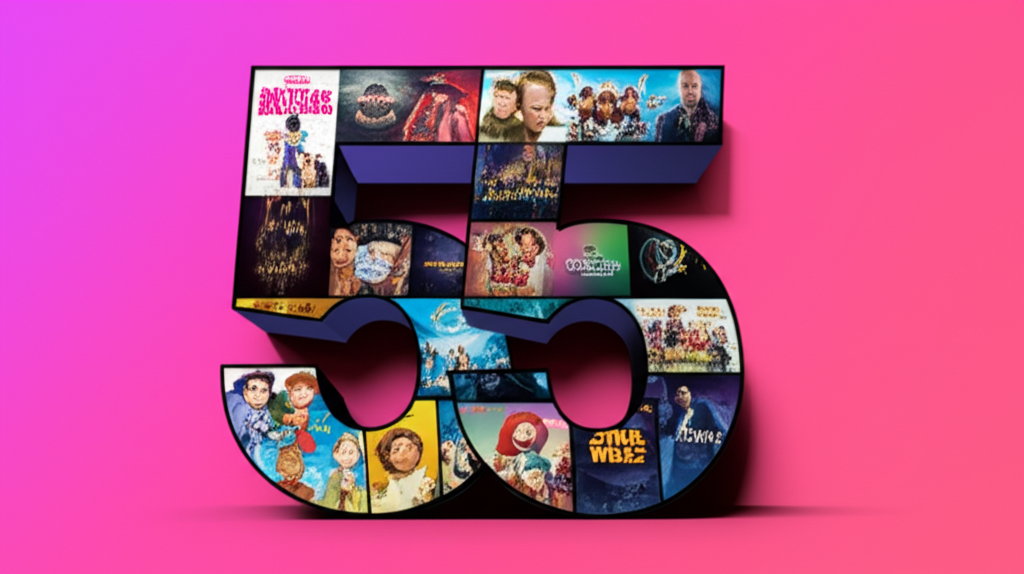Content warning: This piece includes descriptions of eating disorders and self-harm that may be triggering to some readers.
The Pervasive Reach of 'SkinnyTok'
For many young people navigating the complexities of adolescence, social media platforms like TikTok have become ubiquitous sources of information, entertainment, and connection. However, alongside the viral dances and educational explainers, a darker trend has taken root: “SkinnyTok.” This genre of content, focused on extreme weight loss and often promoting disordered eating behaviors, has infiltrated the feeds of vulnerable users, sometimes with devastating consequences.
E, who prefers to remain anonymous, was just 16 when she began encountering TikToks that aggressively encouraged weight loss. These videos, often labeled as “harsh motivation” within the “SkinnyTok” community, presented alarming messages. Some users shared photos of underweight models as “thinspiration,” taping them to their refrigerators. Others promoted restrictive mantras designed to curb appetite and discourage eating. E recalls one phrase that particularly stuck with her: “Your stomach isn’t growling, it’s applauding.” This seemingly innocuous, yet deeply insidious, message normalized and even celebrated the physical sensations of starvation.
For approximately two months, E says she severely restricted her caloric intake, directly influenced by the messaging she consumed daily on TikTok. “It felt so comforting and motivating to see those videos,” she reflects. “There are so many accounts like these, which made me think ‘Oh yeah, this is normal’.” This sense of normalization, fostered by the sheer volume and accessibility of such content, is a critical factor in its harmful impact.
The phenomenon is not confined to TikTok. Pro-eating disorder communities, often referred to as “pro-anorexia” or “pro-ED,” have a long history on platforms like Tumblr and, more recently, have found fertile ground on X (formerly Twitter). Reports indicate that these groups on X have attracted hundreds of thousands of members, with users suggesting their proliferation surged after the platform’s acquisition in 2022, attributed to a perceived lack of moderation. While TikTok states it has policies against pro-eating disorder content and has taken steps to address the issue, experts and users alike report that such material remains easily discoverable.
Beyond the Screen: The Broader Context of Rising Eating Disorders
The rise of “SkinnyTok” occurs within a broader context of increasing rates of eating disorders globally. These conditions, which have the second-highest mortality rate of any mental health-related disorder, have been on the rise for decades. Studies show a doubling in the general population between 2000 and 2018. Alarmingly, health visits for eating disorders among children and teenagers in the US doubled again between 2018 and 2022.
While social media is a significant contributing factor, it is not the only one. The increasing accessibility and popularity of GLP-1 weight loss drugs, such as Ozempic, have also been linked to eating disorders. Practitioners report seeing patients who develop disordered eating patterns after starting these medications, highlighting the complex interplay of societal pressures, medical interventions, and online influences.
Dr. Lauren Breithaupt, a clinical psychologist and cognitive neuroscientist specializing in eating disorders at Harvard Medical School, emphasizes that eating disorders are multifaceted, stemming from biological, social, and psychological factors. However, she notes the undeniable role of pervasive online content. “Today’s adolescents don’t need to seek out pro-eating disorder content,” she states. “It finds them.” Dr. Breithaupt explains that once a user engages with this type of content, algorithms are designed to serve up more of it, creating a dangerous feedback loop.
E’s personal journey underscores this point. Her body image struggles began before she encountered “SkinnyTok,” but social media significantly exacerbated them. Initially seeking simple weight loss tips, she was quickly exposed to content promoting extreme thinness as the “normal” or ideal body type. “When I realized I don’t look like that, it made me feel bad,” she says. This constant exposure to unrealistic and unhealthy ideals can erode self-esteem and pave the way for disordered eating.
Registered dietician Michelle Pillepich points out the deceptive packaging of “SkinnyTok” content. Often presented under the guise of health or wellness, these videos ultimately promote weight stigma and perpetuate the harmful myth that thinness equates to health and happiness. “It’s packaged in this message of ‘This is just to feel good, just to help you feel confident,’ but is selling and promoting weight stigma and bringing us back to the message of ‘thin makes you happy and you have to be skinny to be healthy,’” she explains. “I thought we knew that thinness and health are not equal, but that’s really the message being sent again.”
Fighting Fire with… Humor? The Rise of Counter-Content
In the face of this onslaught of pro-eating disorder messaging, a different kind of content is emerging on platforms like TikTok. Some creators are attempting to counter “SkinnyTok” by using humor, satire, and blunt honesty to expose the absurdity and dangers of disordered eating. The goal is to dissuade young people from internalizing these harmful messages, but experts caution that this approach walks a fine line.
Michelle Pillepich, the registered dietician, is one such creator. Recognizing the platform’s reach, she started posting videos about nutrition and eating disorders during the pandemic. With nearly 15,000 followers, she sees TikTok as an opportunity to disseminate accurate information and promote recovery.
In a notable video posted in early April, Pillepich asked her audience to share the “craziest most unhinged thing you did to motivate yourself to recover from an ED or disordered eating.” The response was overwhelming, with nearly five million views and over 14,000 comments. The comments ranged from darkly humorous anecdotes, like a nail technician threatening to charge extra for “making gastric acid nails cute,” to using political figures as a mental deterrent against disordered thoughts. Pillepich finds this engagement hopeful, suggesting that despite the prevalence of harmful content, there is a strong desire for recovery and a healthier relationship with food.
Around the same time, E discovered the content of Stephen Imeh, a 19-year-old college student. E describes Imeh as “unglamorizing” eating disorders through his direct and often humorous TikToks. Imeh’s videos frequently gain hundreds of thousands, sometimes millions, of views.
Imeh’s journey into creating anti-ED content began unexpectedly. He was initially involved in the “looksmaxxing” trend, a community where men and boys pursue extreme measures, including plastic surgery and disordered eating, to alter their facial appearance. After experiencing racism within this community, Imeh pivoted to creating anti-looksmaxxing content. This led him to discover “SkinnyTok” and pro-eating disorder groups on other platforms like X.
“It’s way easier to find SkinnyTok, eating disorder TikTok, than recovery,” Imeh observes. Recognizing the accessibility of the harmful content, he decided to take a different approach, focusing on the severe health consequences of not eating. His videos mention potential outcomes like organ failure and hair loss, presenting these facts without sugarcoating.
Crucially, Imeh also incorporates mockery into his content. In one video, while eating, he includes a text overlay stating, “none of your friends are gonna be jealous that your Ed made you look like a skeleton baby pick up the fork.” Imeh defends this approach, arguing he’s stating “literal facts” and believes that for his generation, embarrassment can be a powerful deterrent. His approach has resonated with many; he has gained over 70,000 followers, receiving messages from people who say his videos have helped them with their eating disorders.
Michelle Pillepich acknowledges that a blunt, “chronically online” approach might be necessary to capture attention in the crowded social media landscape. “Leading with nuance doesn’t get people’s attention. It does have to be more extreme, more funny, whatever it is,” she says. She believes that if this type of content serves as a first step, prompting someone to seek professional help from a dietician or therapist, then it serves a valuable purpose.
The Fine Line: Humor, Shame, and Recovery
While counter-content creators like Imeh and Pillepich are making waves, experts like Dr. Breithaupt highlight the potential pitfalls of using humor or mockery. There is a risk that viewers, particularly those actively struggling with an eating disorder, may perceive the criticism as directed at them personally, rather than at the disorder itself. This can lead to feelings of shame, which can be a significant barrier to seeking help.
“When content creators use humor or mockery to push back against pro-ED culture, there’s a real risk that viewers—especially those actively struggling—won’t just see the disorder being criticized, they’ll feel like they are being mocked,” Dr. Breithaupt explains. She suggests that the most effective anti-eating disorder content validates the underlying pain and struggle while firmly rejecting the harmful behaviors associated with the disorder.
E’s experience supports the potential positive impact of this counter-content. She credits videos like Imeh’s with helping her recognize the “stupidity” of “SkinnyTok.” She has since shifted her focus to watching eating disorder recovery content. However, she notes that the algorithm still occasionally shows her “harsh motivation” videos alongside recovery-oriented ones, illustrating the persistent challenge of content moderation and algorithmic influence.
The debate over platform responsibility continues. In late 2024, TikTok banned a controversial weight loss influencer known for glorifying extreme thinness. E believes TikTok should ban more “SkinnyTok” accounts, although the history of pro-eating disorder communities shows they often migrate to other platforms when faced with moderation efforts.
Beyond the Scroll: The Importance of Professional Help
While online counter-movements can be a valuable first step in raising awareness and challenging harmful norms, eating disorder recovery practitioners emphasize that they are not a substitute for professional help. Dr. Breithaupt stresses the importance of limiting social media use altogether for those in recovery.
“What I work with most people on is limiting social media,” she says. “Doing something else rather than engaging in social media is more helpful toward recovery, even if you’re watching recovery-oriented videos.” This highlights the need for a holistic approach to recovery that addresses the underlying issues and reduces exposure to potential triggers.
The battle against harmful eating disorder content online is ongoing and complex. While platforms grapple with moderation and algorithms, and creators experiment with different strategies to reach vulnerable audiences, the core message from experts remains clear: awareness is crucial, counter-narratives can help, but professional support and reducing exposure to triggering content are paramount for true recovery.
If you or someone you know is struggling with an eating disorder, resources are available. The National Alliance for Eating Disorders Helpline provides support, resources, and information about treatment options at 1-866-662-1235, Monday through Friday. You can also text “ALLIANCE” to 741741 if you are experiencing a crisis to be contacted by a trained volunteer. More information about eating disorders, including other free and low-cost support options, can be found on the National Eating Disorder Association’s website.





